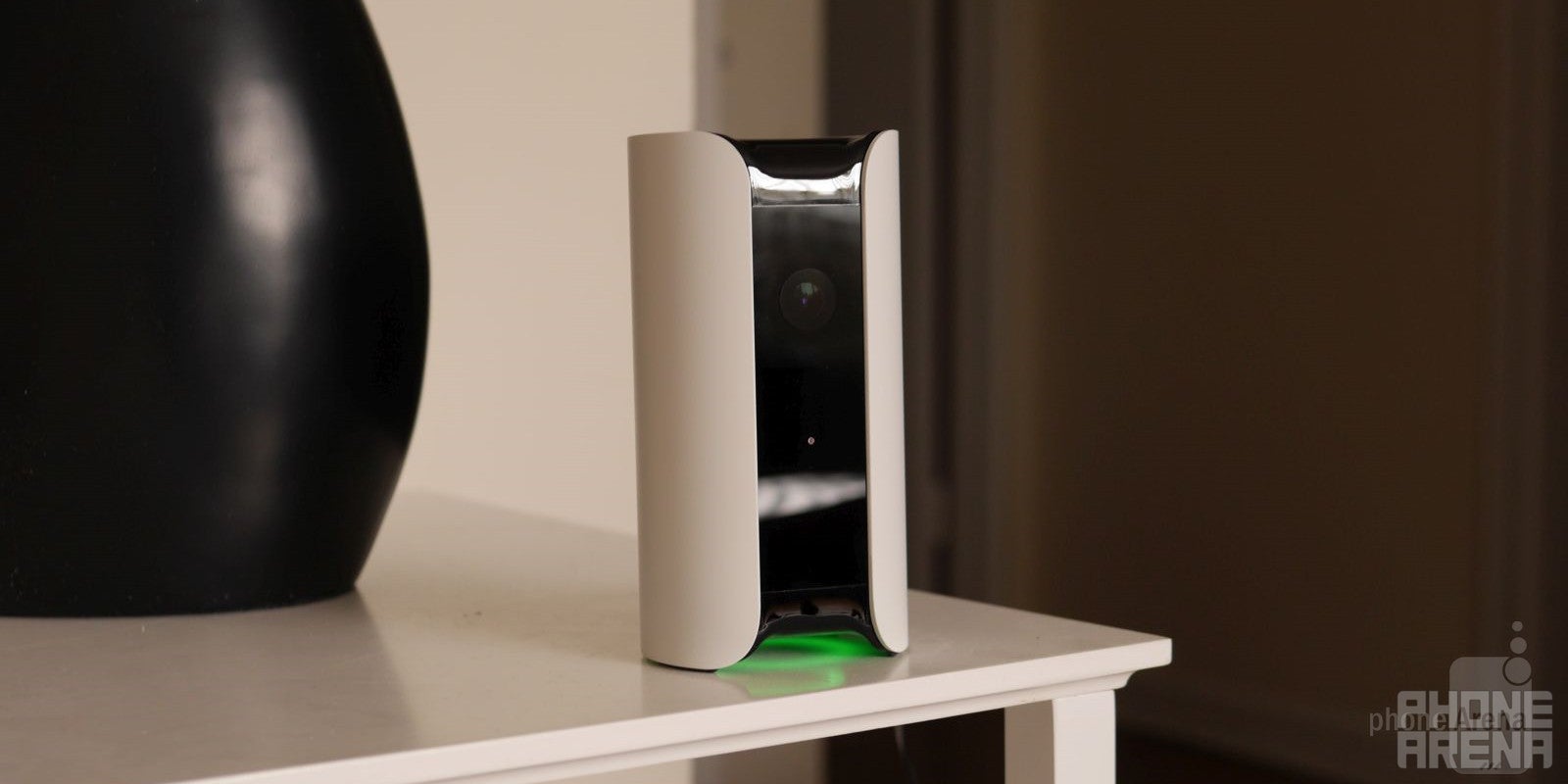Canary Review

Introduction
Having been acquainted with a few different in-home security cameras of late, such as the Piper nv and Logi Circle to name a couple, it’s increasingly becoming a crowded space to be in right now. Canary, it’s a strange name when you think about it, however, it’s the latest one vying for being that all-in-one in-home security system.
Initially, Canary’s beginnings started back in 2013 through Indiegogo, but has gone on to become one of the most successful home crowdfunded products ever. Armed with a 1080p HD camera, motion detection, night vision, wireless connectivity, and a bevy of sensors to monitor environmental conditions, it follows in being very much like its competitors, but it aims to be a smarter, intelligent security camera.
The package contains:
Canary
microUSB cable
AC power adapter
Security setup cable
Quick start guide
Design
At first glance, Canary can be mistaken for a portable Bluetooth speaker, primarily due to its cylindrical shape. Most of the body is comprised out of a white, tough plastic outer casing – sandwiching the black, glossy mid-section containing the camera itself. We wouldn’t go far to say it’s a stunning design, but rather, it’s pretty much in the same scope and capacity as its rivals.
The camera itself is a 1080p one fashioned with a wide-angle 147-degree lens, and sits flush and near the top of the unit. Of course, it’s surrounded by LEDs that glow in soft red whenever ambient light is inadequate, enabling its automatic night vision feature. In making it more pronounced than some other alternatives, there’s a LED ring on the bottom of Canary that glows to indicate its status – green for being online, red for offline, and much more.
Rounding out its arsenal, it features Wi-Fi & Ethernet connectivity, a microUSB port to accommodate its power source, microphone, and built-in speaker. Strangely, however, the latter is only tied to its 90+ dB siren, as opposed to allowing 2-way communication. Therefore, if you’re thinking of using this to act as a baby monitoring camera or something, you’ll want to look elsewhere.
Connectivity
Usually, setting up these connected cameras can be done strictly using the accompanying apps, with no physical intervention from our part. With Canary, though, we’re required to connect the stereo cable to the back of Canary, as well to our phone’s headphone jack (iPhone 6s in this case). It’s necessary to transmit the information to connect to our existing Wi-Fi network. We’re irked by this process, since others setups do it all wirelessly.
Regardless, the process of getting Canary initialized and configured is a straight forward experience. With its Wi-Fi connection, it’s able to maintain a decent signal from roughly 25 feet away. Now, we should point out that Canary is a stationary camera – meaning, it can’t it hung from the ceiling or something like that.
Performance

The corresponding app allows us to monitor several environmental changes, such as the temperature, humidity, and air quality, but that’s a fraction of the Piper nv’s scope, which extends to ambient sound and lighting as well. While viewing the current live stream, we have the option to enable the siren in an event of an emergency.
Initially, Canary would constantly send us notifications indicating that motion has been detected, which became quite annoying over the course of the first few days. However, the beauty of Canary, unlike its competitors, is its ability to become more intelligent by tagging those particular triggers. For example, we have a cat that would constantly get in the path of Canary’s gaze, but after tagging the various triggers, the notifications stopped almost entirely.
We won’t deny that Canary works great as a simple security camera solution in the home, but there are a few pressing matters. First and foremost, there’s a 10-second delay with the video feed. There’s usually a certain amount of delay that’s expected, but 10 seconds is a bit too much for our liking. Secondly, there really isn’t an auto-arming function, as in being able to recognize when we’re not at home. And finally, it lacks the ecosystem that’s present in rival models that would allow it to function cohesively with other smart-connected products – meaning, we can’t tie it to a smart LED bulb to turn on the lights.
Conclusion
Canary sets itself apart with its sharp video streaming quality and intelligent sensing, putting to shame other recent security cameras we’ve reviewed to shame in the process. However, that’s pretty much the extent of what makes Canary superior over its rivals. Price-wise, it’s right there with rivals like the Nest Cam and Piper classic with its MSRP of $199.99.
There’s still work needed in building up and refining Canary to be on the same level as its contemporaries, so it’s a bit tougher to recommend. Yes, the video quality is undoubtedly better than most of the rest in its field, but it’s going to take more than sharp videos in truly making it an all-in-one solution. Knowing its price and what’s out there currently, it doesn’t appear to have much value right now.
With some tweaking and tuning, possibly, it can easily stand on the same pedestal – it’s just not there at the moment.










Things that are NOT allowed: